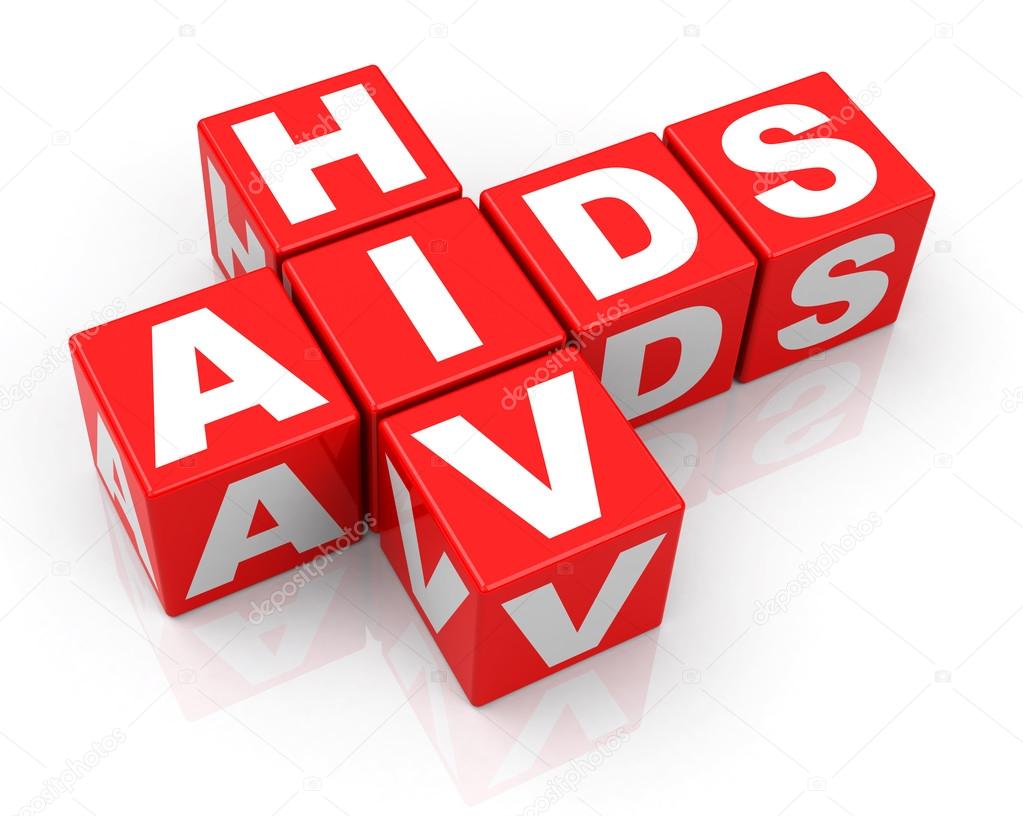By Robert A. Emmanuel
As Antigua and Barbuda and the rest of the world begins to reflect on the continuous fight against HIV/AIDS, there has been a growing acceptance among the populace toward treatment.
According to Oswald Hannays, AIDS Deputy Programme Officer in the Ministry of Health, Wellness and the Environment, there has been a notable 63 to 68 percent acceptance rate among persons referred for treatment.
“We found—and there have been studies done globally—that there was always a challenge of adherence and because of those challenges, what was done was the introduction of peer navigators,” Hannays explained.
Peer navigators are described as persons living with HIV, who are treatment adherent and have shared their experiences and live within the same communities as the people they mentor.
“What the peer navigator was trained to do was to interface with clients directly with the whole view of navigating them into care and serving as a reminder,” the Deputy Programme Officer explained.
He added that where there is non-adherence to HIV treatments, patients were more likely to become resistant and could lead to a resistant strain of the virus circulating.
Pre-exposure prophylaxis (PrEP) is one of the drugs that has become available for use in Antigua and Barbuda and is thought to be 99 percent effective against preventing a person from contracting HIV.
The US Centre for Disease Control and Prevention (CDC) defines human immunodeficiency virus, or HIV as the virus that attacks the body’s immune system, leaving the body vulnerable to other diseases and illnesses.
Acquired immunodeficiency syndrome (AIDS) is the last stage of HIV where the body’s immune system is badly damaged and without taking medication, persons could be fatal within a three-year period.
HIV is contracted through sexual intercourse, and the sharing of drug injection equipment such as needles and syringes.
With over 39 million people living with the virus as of 2022—according to UNAIDS—a reduction in new cases reported in Antigua and Barbuda is welcome news.
According to Hannays, there has been a 30 percent reduction in new cases being reported at both public and private health facilities in the Latin American and Caribbean region, with the total cases that the country has seen since 1985 standing at 1390.
Males continue to lead in the majority of the cases in the country with 53 percent (750) of the total figure; females figures stand at 640 (47 percent).
On December 1, World AIDS Day will be celebrated under the theme “Let Communities Lead” with the UN agency describing the day as “more than a celebration of the achievements of communities; it is a call to action to enable and support communities in their leadership roles”.
“Communities are leading World AIDS Day, and across the world are shaping the events and tailoring the detailed calls to their specific needs,” the agency said.
According to the UN agency, domestic funding against the virus stood at 60 percent of total funding efforts, compared to the previous decade of 50 percent of domestic funding in 2010.
Additionally, US $20.8 billion was available for HIV programmes in low- and middle-income countries in 2022––2.6 percent less than in 2021 and well short of the US$ 29.3 billion needed by 2025.
In the Caribbean, 330,000 persons are currently living with HIV with 16,000 new infection cases reported with 9 percent of the new cases being children (14 and under) and 81 percent or 1400 being adults.
As of 2022, AIDS related deaths amounted to 5,600, with 423 being from Antigua and Barbuda.
Overall, however, there has been a reduction of HIV/AIDS related deaths in the region reported at around 33 percent.

